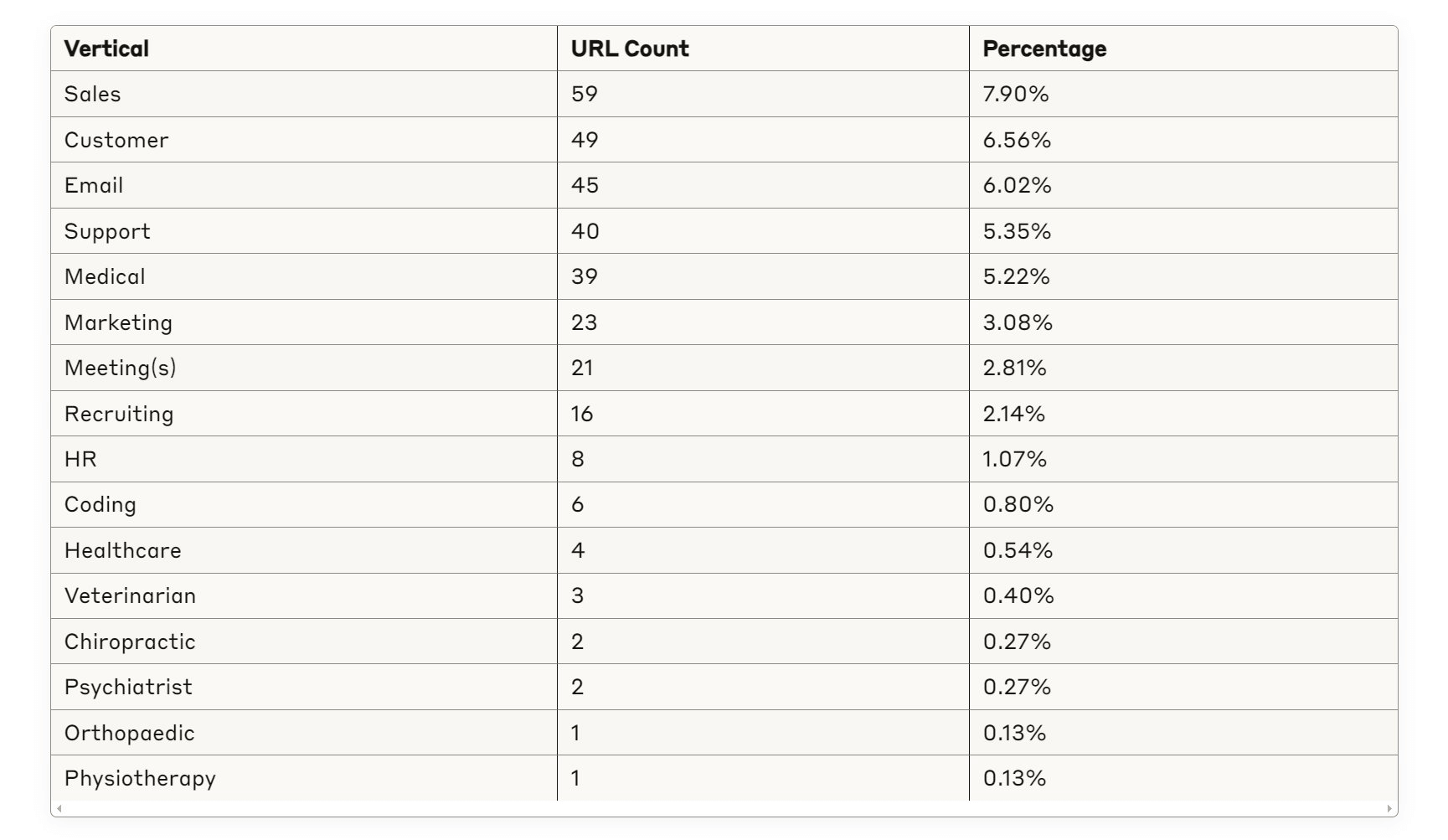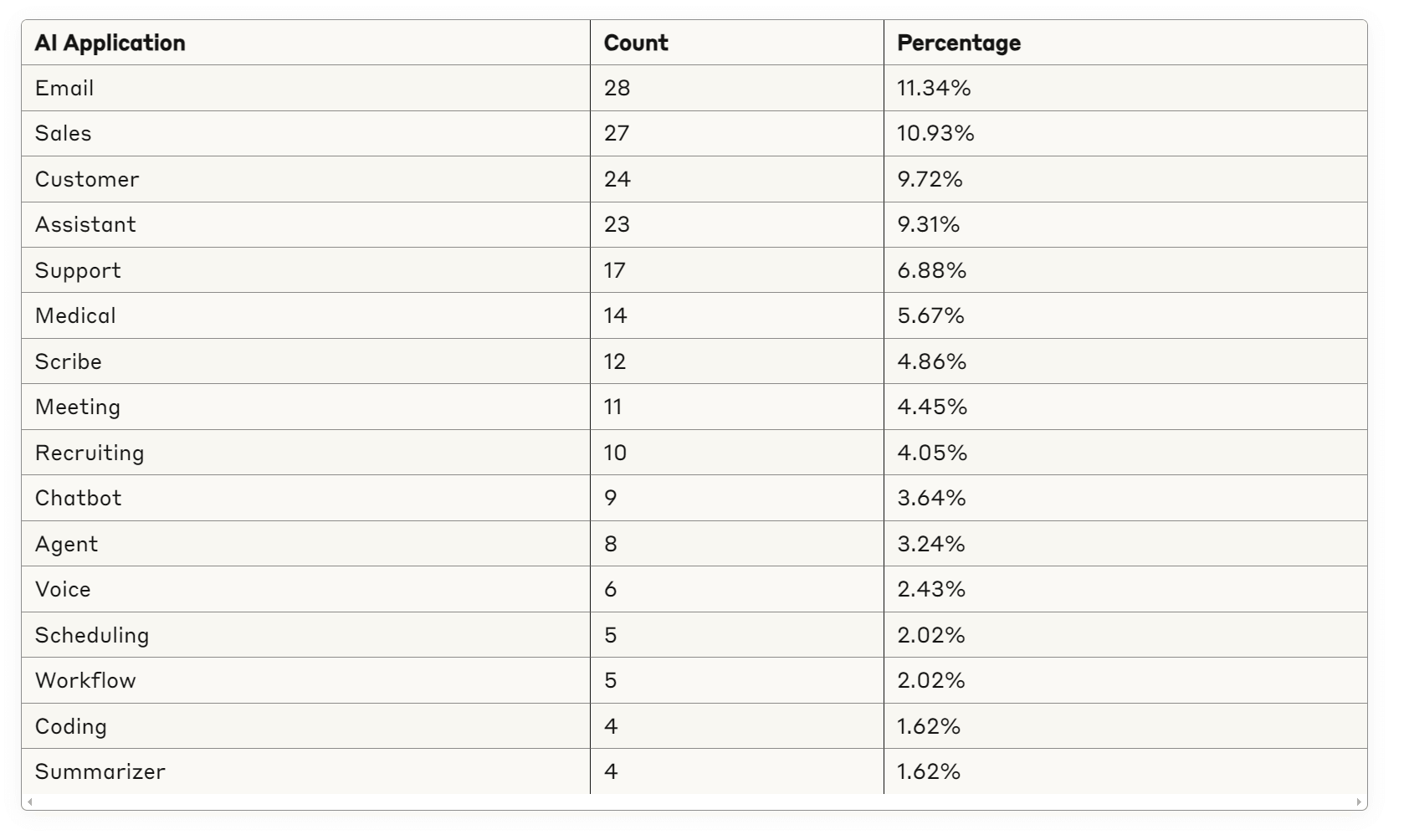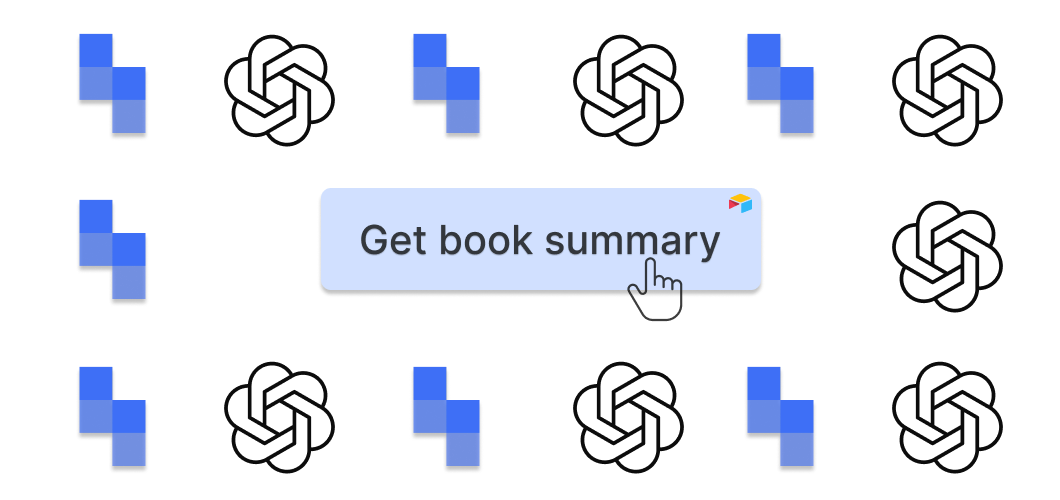How to Analyze Competitors' SEO Strategy For Free Using AI

Figuring out why your competitors rank well on Google is one of the easiest ways to improve your own SEO. It helps you validate what you're doing, spot gaps in your own strategy, and understand what’s working for them.
This kind of insight is so valuable, in fact, that it's often hidden behind expensive paywalls. But instead of shelling out for another Ahrefs or SEMrush subscription, what if you could uncover your competitors' SEO secrets in seconds, using data hiding in plain sight?
In this guide, I’ll walk through how to analyze a competitor’s SEO using just the free URL Extract tool from Simplescraper and a custom AI prompt. It’s simple, free, and surprisingly effective. Let’s jump in.
URL based SEO analysis
The basis of our approach is simple: your competitors' URLs are full of useful signals that most people overlook. The number of URLs a website has, its subfolder patterns, blog post titles, posting frequency - all of this is information that reveals what a website prioritizes and how it wishes to appear in search results.
When analyzed collectively, a website's URLs tell us:
- The topics they prioritize
- What specific keywords they're targeting
- How they structure and organize their content hierarchy
- Which products receive the most attention and development
- What customer segments they're focusing their efforts on
- What content patterns they consistently deploy for SEO success
Now that we know what URLs can tell us, let's extract them and turn them into actionable insights.
SEO Competitor Analysis in two steps
Here's how we'll conduct our SEO analysis:
- Extract all the URLs from a competitor's website
- Analyze them using AI to reveal their SEO strategy
To accomplish this, we'll combine two tools: one collects all the URLs from a competitor’s website, and another interprets that data using a custom AI prompt that surfaces patterns and reveals their SEO strategy.
Step 1: Get every link from a companies' website with URL Extract
Most business websites contain hundreds or thousands of URLs, making manual collection difficult and time consuming. Sitemap files can help, but they're often incomplete, split across multiple files, or missing entirely.
That's where Simplescraper's URL Extract tool comes in.
This tool grabs every URL from any website and organizes them for analysis in seconds. Zero technical knowledge required - simply enter a URL and download the results.
Step2: A Specialized AI Prompt for SEO Analysis
The second step is where the magic happens. We've put together a custom AI prompt specifically designed to analyze URL patterns and extract SEO insights. When you feed this prompt the URL data from Step 1, it transforms those raw links into actionable competitive intelligence.
This prompt works best with advanced AI models like the latest ChatGPT-4o or Claude, which are smart enough to identify patterns across hundreds of URLs.
Here's the text to copy:
*Please analyze this list of URLs and provide a comprehensive multimodal analysis that reveals underlying patterns, strategies, and opportunities. Your analysis should include:*
1. *QUANTITATIVE ANALYSIS*
- *Create a statistical breakdown of URL patterns, directories, and content types*
- *Generate frequency distribution tables for various content categories*
- *Map content volume across topic areas*
- *Calculate temporal patterns if timestamps are available*
- *Present data via tables, charts (using mermaid where appropriate), and clear hierarchical sections*
2. *PATTERN RECOGNITION*
- *Identify consistent naming conventions and URL structures*
- *Map content multiplication strategies (same topic across different technologies)*
- *Analyze question formulation patterns*
- *Extract semantic themes and topic clusters*
- *Identify strategic content gaps*
3. *SEO STRATEGY ANALYSIS*
- *Extract and rank target keywords by frequency and positioning in URLs*
- *Identify long-tail keyword strategies and their implementation*
- *Map keyword variations across different content categories*
- *Analyze search intent coverage (informational, transactional, navigational)*
- *Identify SERP feature targeting (featured snippets, People Also Ask, etc.)*
- *Evaluate topical authority building through content clustering*
- *Assess internal linking opportunities based on content structure*
- *Analyze competitor targeting through alternative/comparison content*
- *Identify content freshness signals and update patterns*
4. *STRATEGIC INSIGHTS*
- *Explain the evident content strategy revealed by the URL patterns*
- *Analyze topic coverage distribution and priorities*
- *Map user journeys suggested by content progression*
- *Highlight competitive positioning elements*
- *Identify audience segmentation strategies through content specialization*
5. *GROWTH OPPORTUNITIES*
- *Identify under-covered areas and content gaps*
- *Suggest high-value additions based on current patterns*
- *Map technology evolution and emerging topic areas*
- *Provide specific examples of valuable new content*
- *Suggest integration opportunities with emerging technologies (AI/ML)*
- *Identify keyword expansion opportunities and untapped search intents*
6. *ACTIONABLE RECOMMENDATIONS*
- *Provide specific URL patterns for new high-value content*
- *Suggest content expansion strategies that align with existing patterns*
- *Identify optimization opportunities for current content*
- *Recommend technical enhancements and new topic areas*
- *Propose keyword targeting strategies for upcoming content*
*Include detailed visualizations such as:*
- *Category distribution pie charts*
- *Content mapping diagrams*
- *Topic hierarchy trees*
- *Technology coverage matrices*
- *Question type distribution charts*
- *Keyword density visualizations*
- *Search intent coverage maps*
*Present the analysis in a structured, hierarchical format with clean sections and subsections. Focus on specific, data-driven insights rather than general observations. Provide exact counts, percentages, and specific examples throughout.*
*If URLs contain timestamps or dates, include temporal analysis of content evolution.*
*Your final deliverable should serve as a comprehensive "content strategy bible" that combines quantitative rigor with strategic insight and actionable recommendations, with particular emphasis on SEO strategy insights and keyword optimization opportunities*SEO Competitor Analysis example: breaking down Lindy.ai's SEO strategy
Now let's put these tools to work with a real-world example from the AI agents space. Everyone is talking about AI agents, and companies are racing to build no-code AI workflows. One of these companies is Lindy.ai, which has experienced significant growth in this competitive market.
What SEO approach has Lindy taken to fuel and sustain this growth? Let's find out by examining their URL patterns.
1: Extract the URLs with URL Extract
Go to https://simplescraper.io/extracturls, enter a website (e.g., https://www.lindy.ai/), and click Get Data

2: Download the Data
Download the list of URLs as a TXT or CSV file, or copy to your clipboard.

3: Apply the AI Prompt
Now open up Claude, ChatGPT, or your preferred AI tool. Paste the specialized prompt shared earlier, and then paste the list of URLs you just extracted.
In seconds, the AI will transform that raw data into a comprehensive breakdown of Lindy's SEO strategy - revealing their content priorities, keyword targeting patterns, and industry focus.
Key Insights Discovered
Content Distribution

Lindy is investing heavily in blog content with 211 posts and extensive supporting material. Their approach includes:
- Creating content clusters around high-value topics (AI assistants, medical documentation)
- Targeting a wide range of search intents (informational, commercial, transactional)
- Creating comparison content directly targeting competitors
Strategic Focus on Medical/Healthcare Vertical

URL frequency analysis reveals Lindy's clear vertical prioritization:
- Sales (59 URLs)
- Customer support (49 URLs)
- Email management (45 URLs)
- Medical/healthcare (39 URLs)
The medical focus stands out - while they cover many industries, the concentration of healthcare-related URLs suggests a particular focus on this vertical that might not be obvious from their homepage.
AI-First Positioning

Of the 747 URLs analyzed, 33% explicitly contain "AI," typically as a prefix that transforms standard business functions into AI-powered solutions. Most examples demonstrate using AI agents to assist with email, sales and customer support tasks.
Compare Multiple Competitors for Deeper Insights
Analyzing Lindy is useful, but extending the same approach to competitors like Gumloop, Relay, and Chatbase would reveal even more detailed insights.
Industry-wide content trends
Positioning differences
Unaddressed market gaps
Shared vs. unique keyword targets
For example:
Gumloop → Focus on document processing and scraping
Relay → No-code focus with integrations
Chatbase → Customer support and AI agent UX
This cross-analysis allows you to identify repeated SEO strategies and get a greater feel for which approaches work. Seeing what multiple competitors are doing allows you to sample a wider collection approaches to test in your own strategy.
Learn About Your Competitors Today – For Free
In this guide we performed an SEO Competitor Analysis using freely available data, decoding it to reveal a company's SEO strategies and priorities. It takes only minutes and works for any type of business, from AI startups like Lindy to marketing sites and developer tools.
Try it on your competitors - or even your own site. You'll discover what drives search visibility and spot practical ways to boost your own rankings - all without needing to invest in specialized SEO tools.

